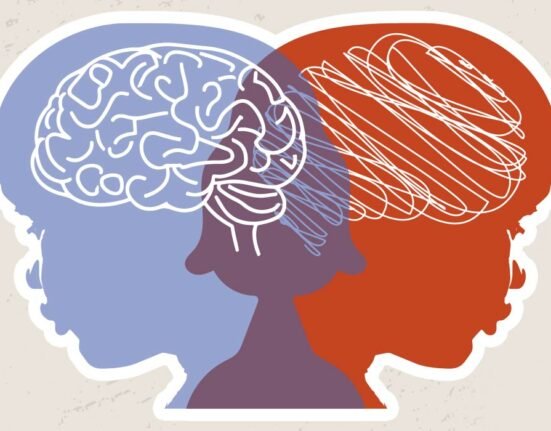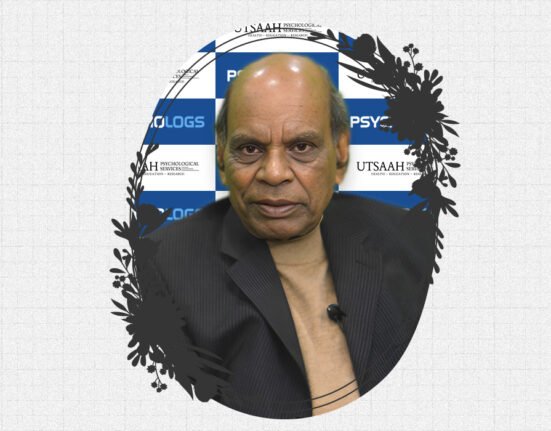While smoking has dropped in Australia, recent research suggests that young people with mental health concerns consume tobacco at a higher rate than the overall population. This is especially true for persons suffering from more severe forms of mental disease. Smoking is associated with health hazards and costs, so why does it appeal to this demographic? According to a study conducted by Orygen and Headspace, about a 1/4 of young individuals seeking professional psychological health care consume tobacco daily.
The results of the research concluded that 23% of 18–25-year-olds who visited headspace centers smoke tobacco daily, whereas out of the total age group of 12 to 17, 7% smoked regularly. Therefore, greater resources for quitting smoking help through mental health services are needed. This research was conducted by Sue Cotton and is one of the first comprehensive Australian investigations of the links between age, tobacco use, mental health, and other characteristics in young people seeking mental health treatment.
Most mental illnesses and smoking tobacco have their birth during adolescence. It observed that youth with mental illnesses often smoke more than the others in their age group.
What are the long-term effects associated with tobacco smoking?
- Financial stress
- poor health outcomes
- early mortality
Smoking would make life more difficult for youth who are suffering from mental illness and may have an impact on their mental health care.
Common reasons to begin smoking or continue the habit among youth are the perception of stress, anxiety, and depression relief. On the contrary, research hasn’t supported the effects of smoking to relieve c instead it worsens their mental health when trying to cease or quit the habit. Smoking not only affects physical health but mental health as well. A survey of 1055 young people aged 12 to 25 who visited one of five headspace centers between 2016 and 2018 was conducted. Three of the headspace centers were in major cities, while the other two were in remote areas. Smoking tobacco methods of all kinds, including e-cigarette use, were documented. A concerning 68 percent of the 247 young people who had smoked in the previous three months reported daily tobacco usage.
.jpg)
Having a mental condition other than depression or anxiety was a significant predictor of tobacco use. It was observed that those suffering from bipolar disorder, psychosis, or developmental disorders smoke at least once a week. Therefore more severe the mental illness more chances of developing a habit of smoking tobacco.
In the research two groups were compared for their tobacco consumption via smoking, the two groups were those aged 12-17 and 18-25. The prevalence of daily cigarette smoking was more than 3 times greater in the 18-25 age group than in the younger group (23 percent versus 7 percent). The findings established a convincing argument for mental health providers to provide comprehensive care for young people, addressing both mental health and tobacco use reduction. Headspace and youth mental health services offer a unique opportunity to remedy the problem early on. The research revealed crucial strategies for assisting young people with difficulties affecting their health and well-being, both now and in the future.
Smoking cessation advice
- If you wish to quit smoking, call your local stop-smoking service or rehabilitation service, which will give you the best chance of succeeding.
- Use nicotine replacement therapy (NRT)
- If you’re on antipsychotic or antidepressant medications, consult a doctor or psychiatrist before quitting; as your dosage or medication needs to be reconsidered to avoid any side effects.
Several people who quit smoking may eventually relapse. Don’t give up. Give it another go. Make the most of it by reflecting on what went wrong, learning more about yourself, and determining what will help you be more successful in the future.












Leave feedback about this